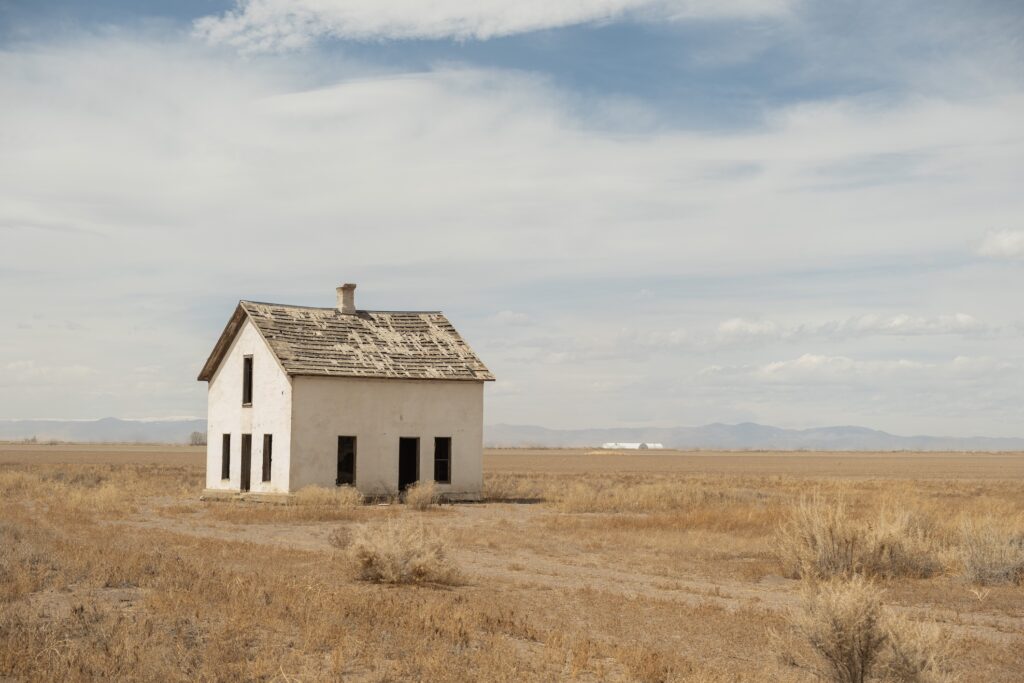
For thousands of years before the 1900s, farms were small scale. Horses and oxen were used to transport and ‘work’ the land. Much of the work was done by hand and human effort. Most farms were diverse in their crops and livestock. The ‘waste’ from the animals, crops, and kitchen was spread on the fields.
In some part of the world, this changed rapidly in the 1900s. Tractors, the plow, and mechanisation came to farms. Their scale grew. Fields were expanded, hedges removed. This was accompanied by the advent of pesticides to remove bugs and ‘weeds’ and the advent of fossil fuel based fertilizers. The number of acres and number of livestock held by a single farmer grew exponentially. ‘Go big or go home’ was the mantra of some government ministers. In some countries, this was the heyday of agriculture. Yields increased along width field size.
However, over time, food prices dropped and the cost of inputs increased making farming a difficult enterprise to sustain. In addition to food prices dropping and input cost increasing, is that reality that the amount of inputs (especially fertilizer) required to maintain the same yield per acre also increased. One of the things we know now is that the conventional wisdom of the era was specialism. Fields grew the same crop each year. They were plowed, left bare, and then fertilizer was added with the seeds. Livestock were kept in barn and viewed at machines. Their manure put in big slurry tanks and trucked off the farm. This worked for a while. However, it also contributed to dust bowls.
What we now also know is that the soil was dying. Mechanisation and fossil fuel based agriculture brought us short term gains, but with long term consequences. Pesticides kill both good and ‘bad’ bugs and weeds. Fertilizer feeds the plants not the soil. Monocropping and plowing also contribute to the killing of the soil.
However, it is not all doom and gloom. Throughout this era, there were people doing things differently. Caring for the soil and figuring out how to introduce ‘technology’ (tractors and so on) in ways that worked with nature, not against it. Now we call this regenerative agriculture.
But what does this have to do with data and digital work?
I wonder if there are parrallels for us. Our we using technology and undergoing digital transformation, but only thinking of the short term. Yes, digital transformation enables us to reach more people at faster speeds in a disaster. But at what cost? We hoover up enormous amounts of data, share it, and send it around the world, but at what cost? Are our data breaches equivilant to the dust bowls of agriculture? Is our addiction to technology making the vulnerable people we seek to assist, more vulnerable?
A 100 years from now, what will future generations think of what we are doing today?

0 Comments